Unqork
Unqork is a no-code application builder for enterprise clients that allows teams to build software faster and at a lower cost.
Read the official report
About
SaaS • No-Code
In 2020, Unqork was selected by the State of New York as one of the vendors tasked with building a suite of applications that allowed citizens impacted by the economic fallout of the pandemic to apply for and get financial relief - to pay for rent & utilities - from the United States Federal Government through the CARES Act 2020.
Role
Product Designer
Worked as the lead product designer on the project and was responsible for seeing through design delivery and achieving design related project objectives. I was part of a geolocated team of PMs, solution architects, frontend engineers, backend engineers, and QA engineers
Context
The high level goal of the project was to build a suite of applications that allowed renters and landlords in New York, apply for and receive relief and aid to pay for their associated living costs (rent & utilities).
Working with the product manager and the client, we identified the primary users and their needs through rounds of requirement gathering. To validate the requirements we gathered, we combed through quantitative and qualitative data that helped us see the most prevalent issues encountered by these various user types, potential solutions and priorities to focus on. The identified users I designed for were tenants, landlords, case managers and financial controls.
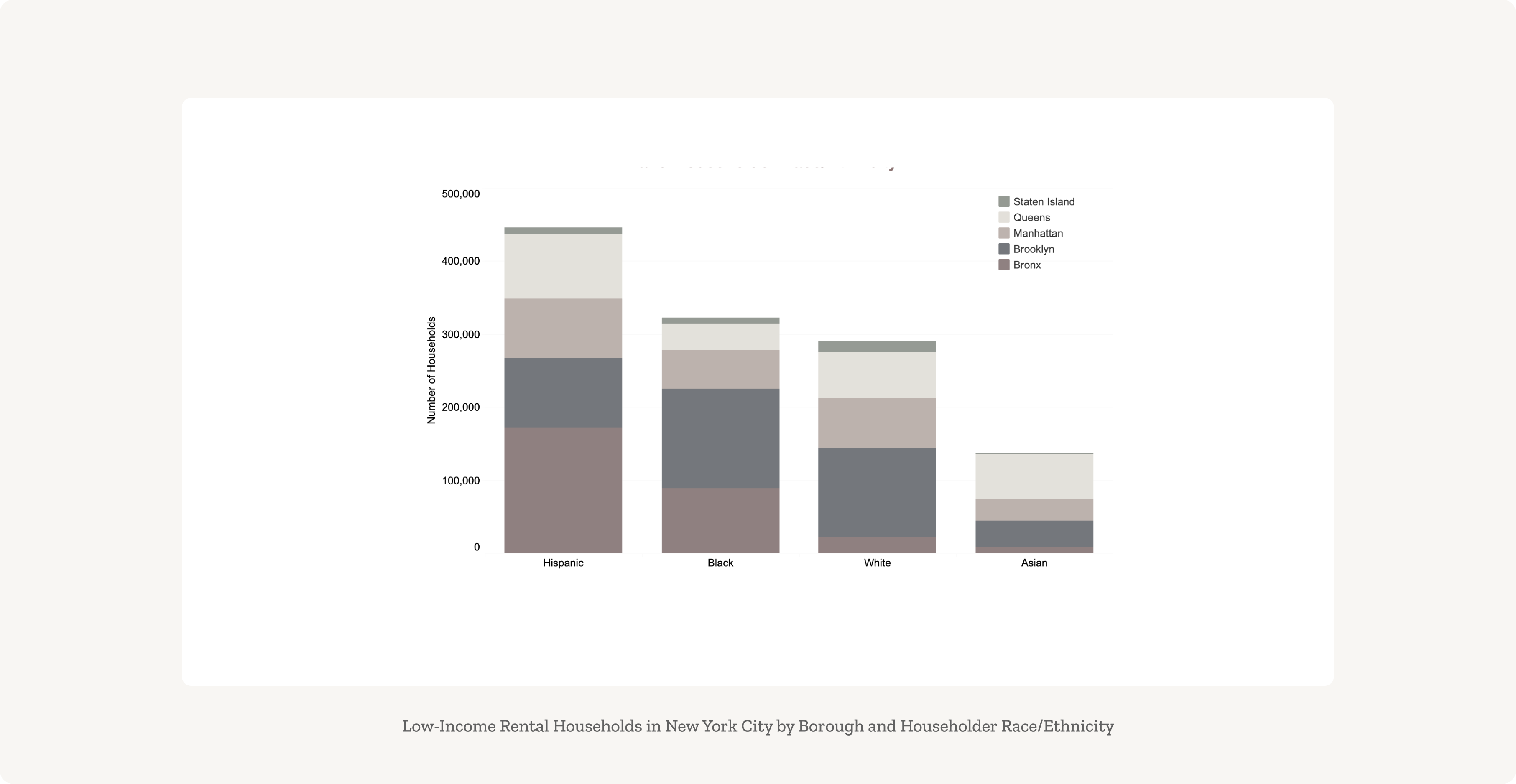
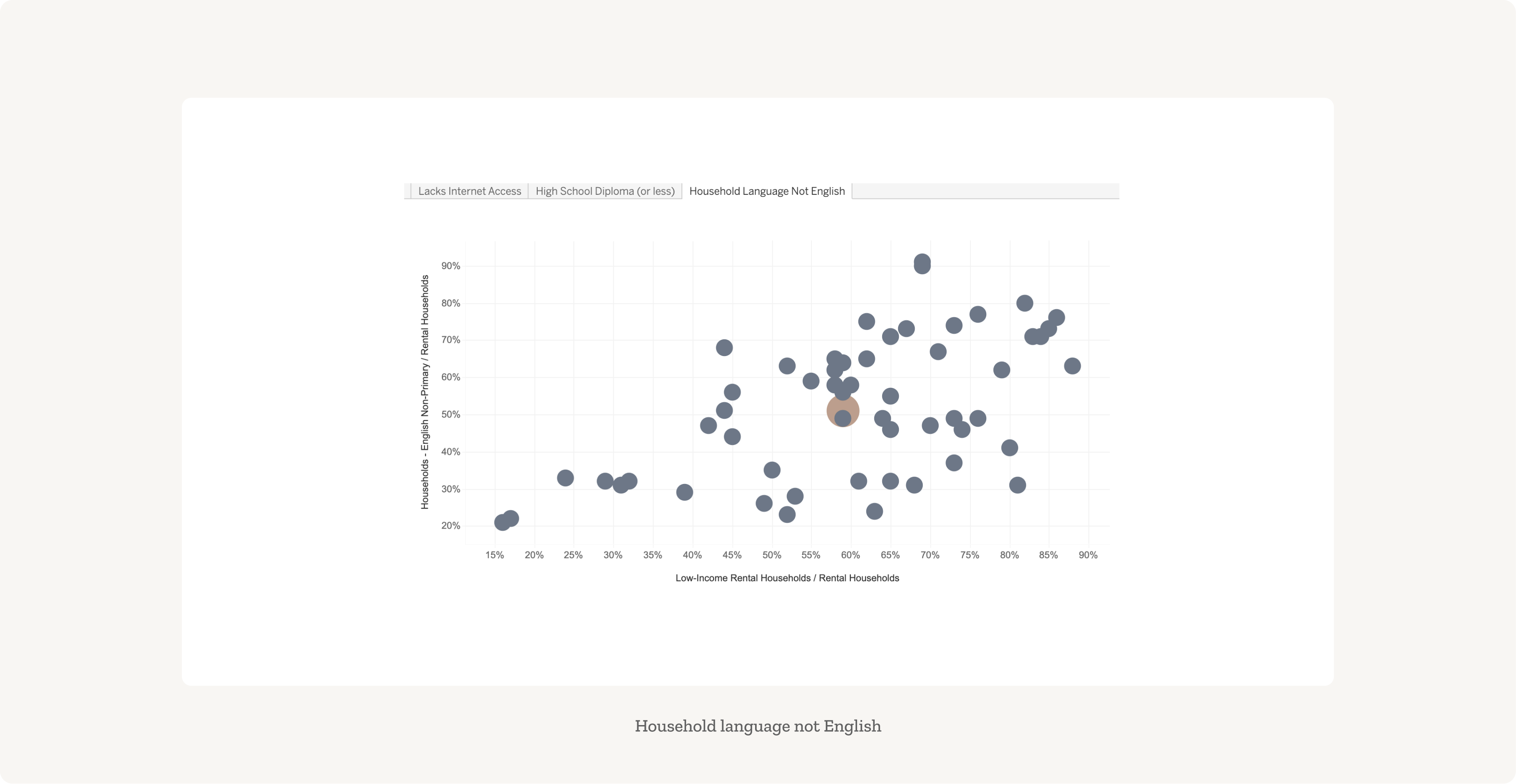
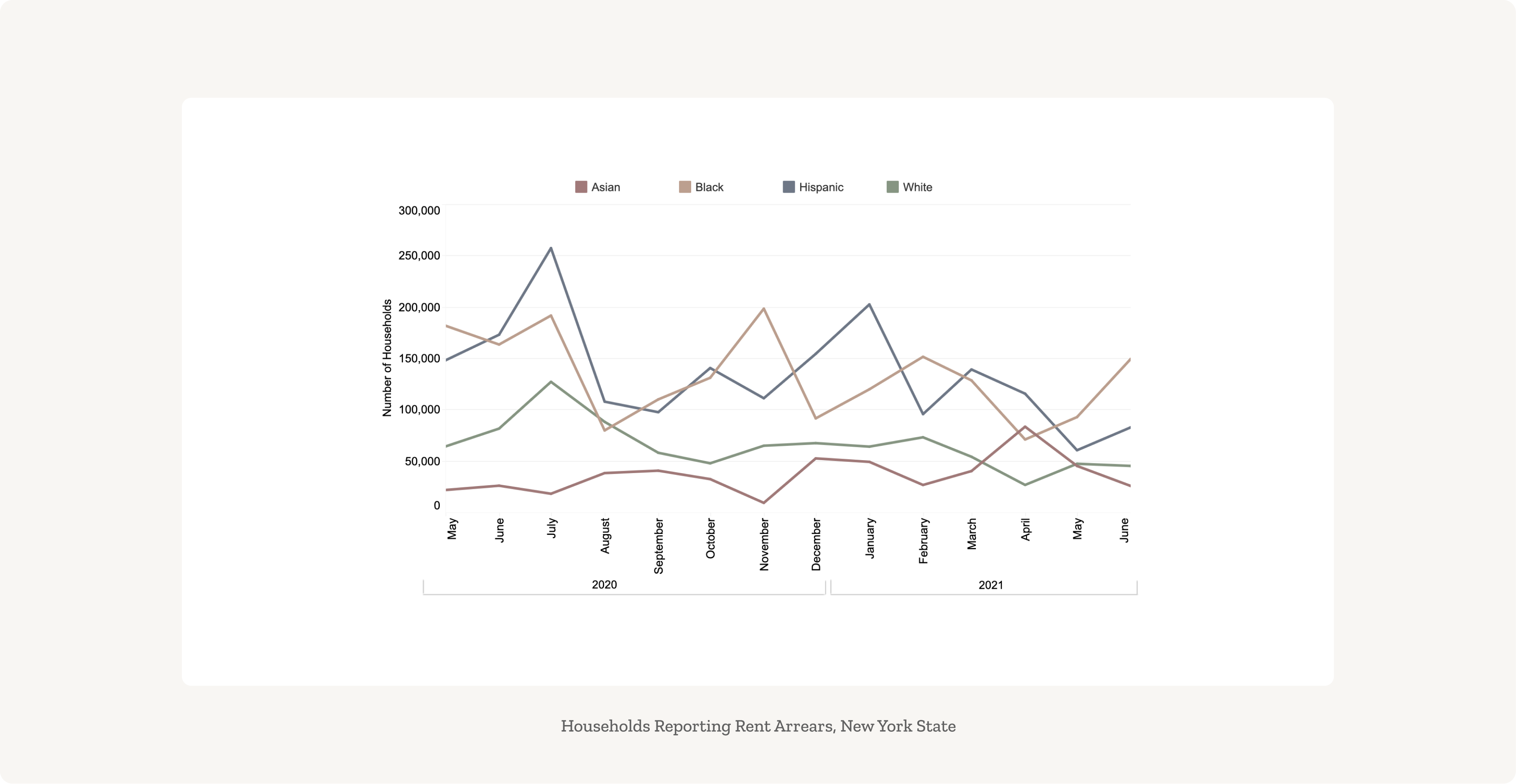
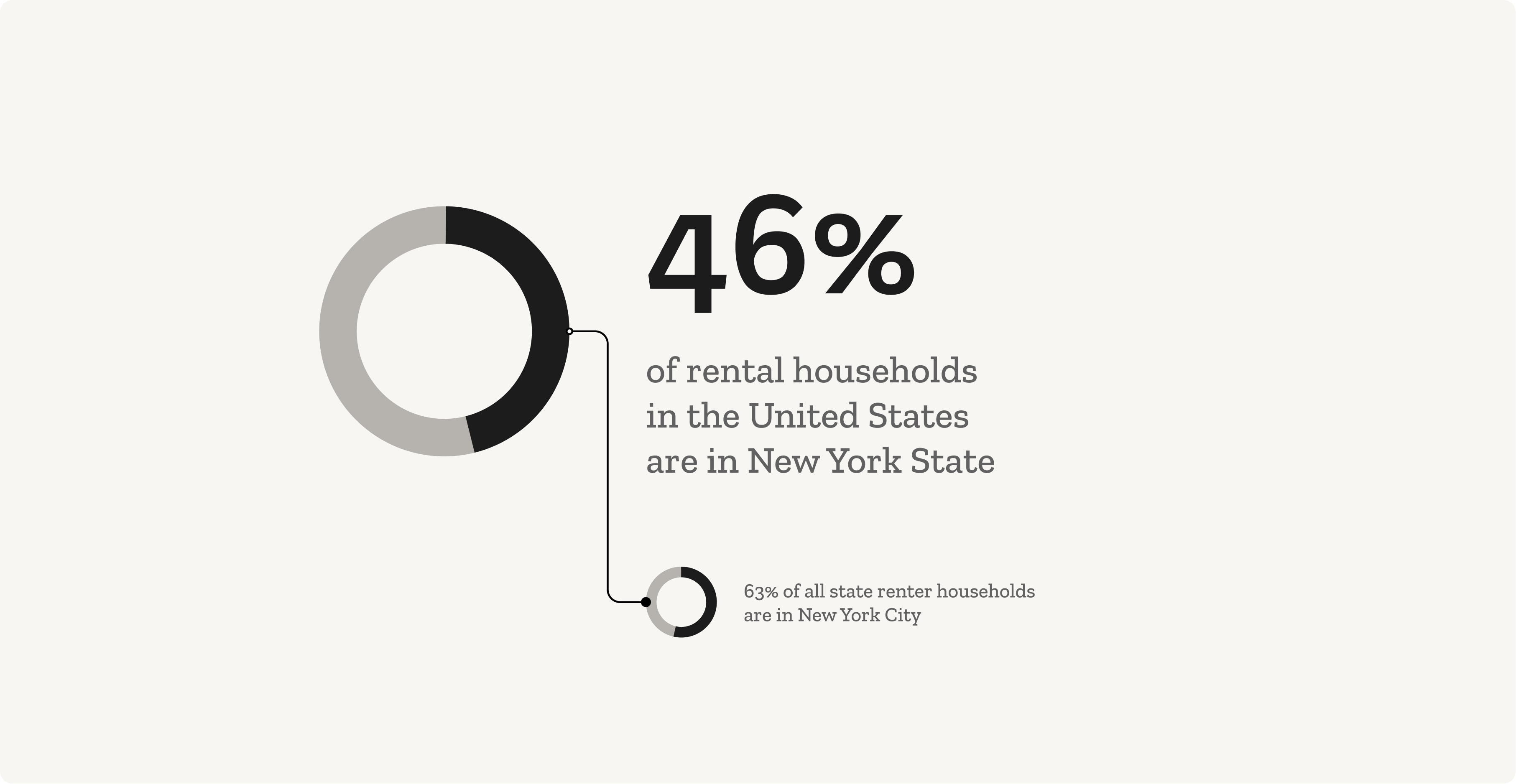
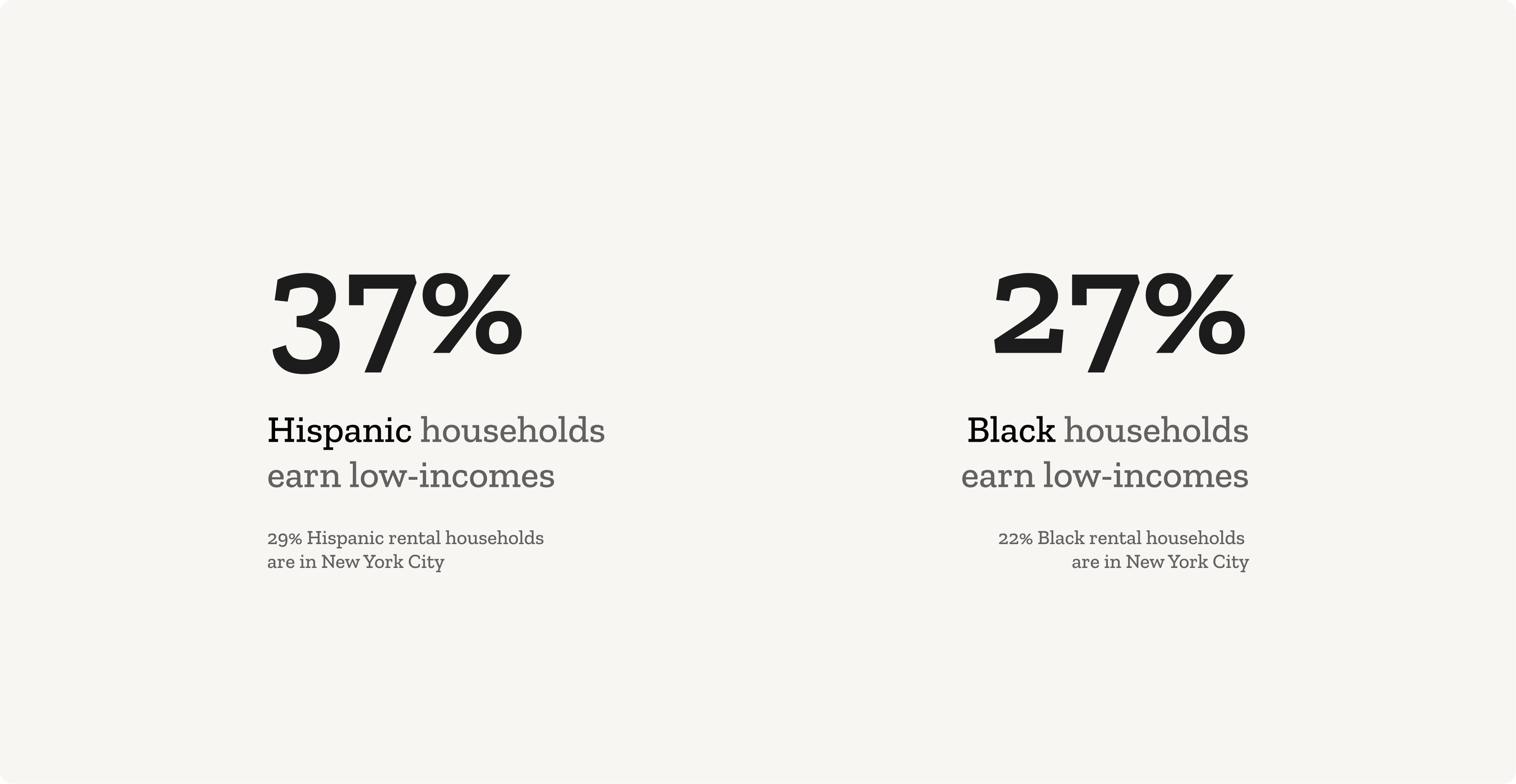
Design
In close collaboration with a product manager, I created and presented design outputs at varying levels of fidelity while navigating technical constraints with engineers to ensure we solved the right problems every step of the way. Simultaneously designing for multiple user types, meant constantly checking in with stakeholders and rigorously testing with users to ensure that the entire experience remained consistent in areas where there were overlaps and solutions still remained aligned with the problems we were trying to solve for each user group.
Kicking off the delivery phase involved ideation with low level wireframes to get buy-in and align on the best possible solution(s). For internal stakeholders, I presented early stage design work at design demos and incorporated feedback where necessary, making sure to prioritze these using a value|effort matrix with the PM.
For usability testing, we used the defined personas to recruit participants for usability tests which happened via Usertesting. I conducted remote moderated users interviews on Zoom, testing the critical paths of the experience on mobile and desktop. After the first round of testing, I discovered certain accessibility issues with users. Going back to iterate solved these issues.
Challenges
After the initial round of usability testing with tenant users, the main design challenge I uncovered was with the navigation during the application process. This was solved by iterating several variations in navigation using tested UX patterns. For case reviewers, we also improved their experience over time by A/B testing design iterations in real time.
Impact
By October 2022, about $23 million had been disbursed or pending to 15,022 of nearly 94,000 applicants. A report found that the program distributed $2.9 million in August 2020 before ramping up, disbursing nearly $9 million in September and $11.3 million in October. The average grant totaled $2,415
Due to the success of the program and it's impact on the lives of thousands of people, I designed a similar suite of applications for the Illinois Housing Development Association for home owners who couldn't pay their mortgages
